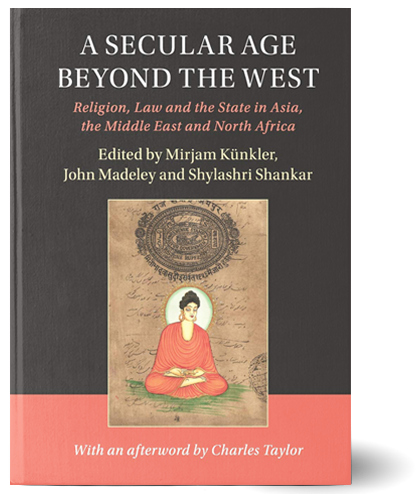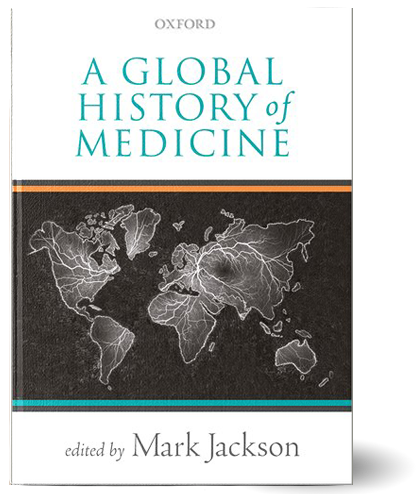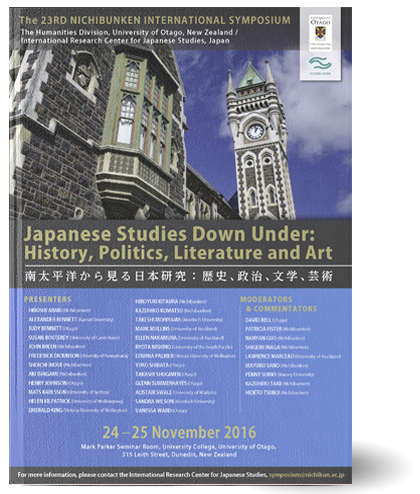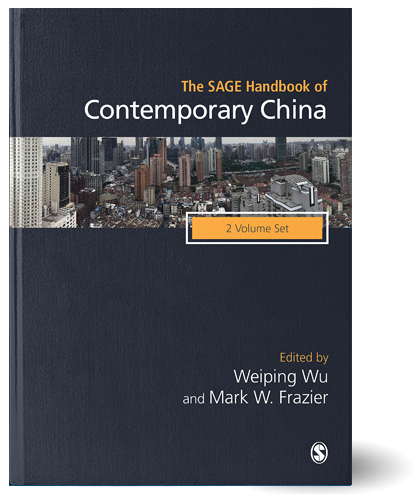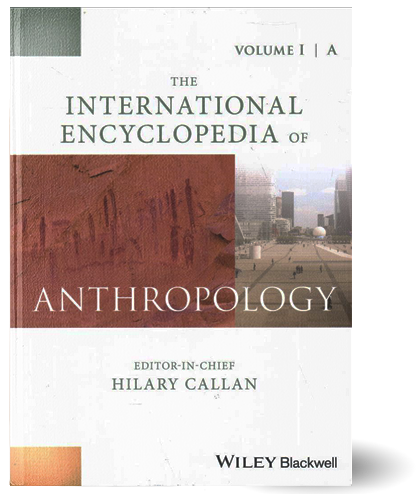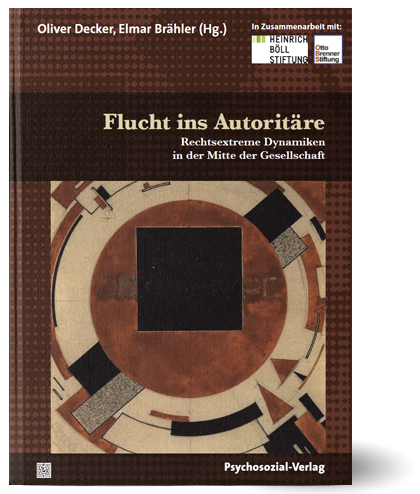Although the history of Islam includes numerous examples of women transmitting hadith (i.e., sayings of the prophet), writing authoritative scholarly commentaries on the Quran and religious law, and issuing fatwas (rulings on questions of Islamic law), women rarely perform such actions today. Most Muslim countries, including those in the Middle East, do not allow women to serve as judges in Islamic courts. Likewise, few congregations would turn to women for advice on matters of Islamic law, or invite women to lead prayer or deliver the sermon (khutba).
For decades, Sudan and Indonesia were the only countries that permitted female judges to render decisions on the basis of the Quran and hadiths (which are usually conceived as a male prerogative only). And only recently have religious seminaries in Turkey, Morocco, Iran, and pre-war Syria opened their highest degree programs to women, thus enabling them to develop the expertise in Islamic law required to issue fatwas.
Künkler, Mirjam. “Women as Islamic Authorities: What A Forgotten History Means for the Modern Middle East.” Issue brief, Rice Universitys Baker Institute for Public Policy, Houston, Texas, February 10, 2018.


